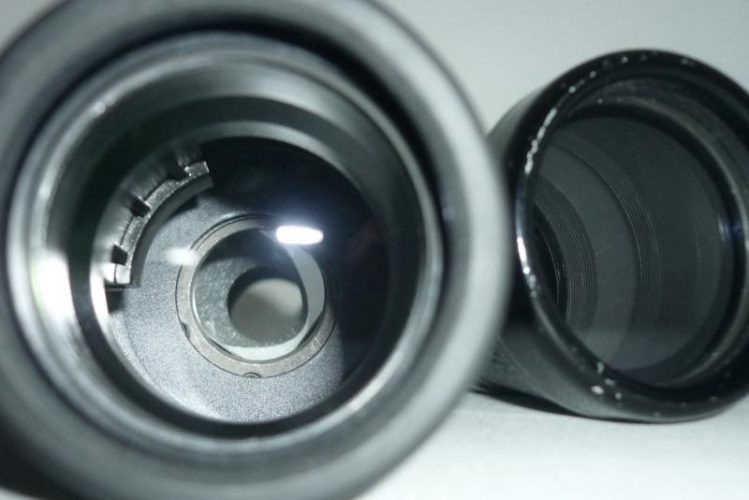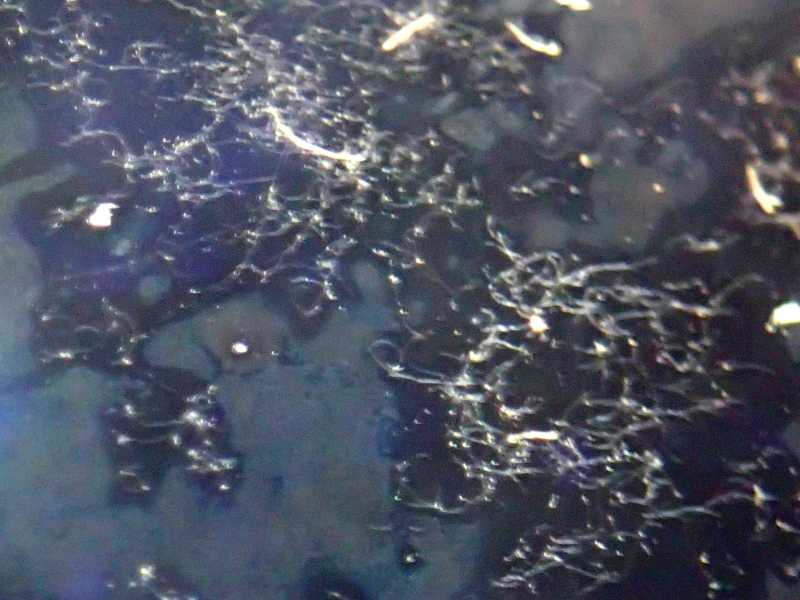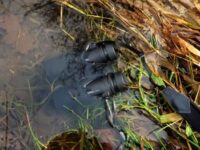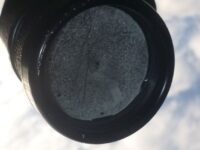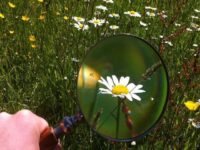Mold in binoculars and telescopes can do tremendous damage to the lenses or mirrors and will render them unusable sooner or later. Preventing the growth of lens fungus and mold on optical instruments is essential to the performance of the optics.
Lens Fungus and Mold in binoculars and telescopes
The mold that can appear on glass surfaces in optical instruments belongs to common groups of fungi that are naturally occurring all around us. Spores of Fungi, like yeast, are everywhere and normal breathing air contains millions of them. So anything all around us permanently in contact with fungal spores.
However, mold can thrive only when the conditions are right. That is sufficient humidity, little light, little exchange of air, enough warmth and food.
How does Fungus Destroy Glas
Fungal spores, as we have just learned, are present all around us. When an optical instrument or any surface is exposed to temperature fluctuation, water will condense on its surface. Fungal spores that are present on the glass lenses or mirrors or on particles of dust and other organic debris in the optical instrument, will use this moisture and will germinate as soon as the conditions are right. The fungus grows and forms a mycelium.

The mycelium (mold) forms threads and branches out in a filamentous structure called Hypha. The fungus itself does not damage glass and it does not feed directly on the glass itself. It is with the help of this filamentous structure, that the fungus feed on nutrients that are in the dust and dirt particles present on the glass surface or anywhere else in the binoculars or telescope. In the process, the mycelium releases enzymes that digest the nutrients and produce aggressive excrements and acids which etch the glass surfaces.
Unfortunately, the fungal infestation is often only visible at an advanced stage. The mycelium may have released spores already, which may have had time to settle undisturbed in other niches and spread the mold further. Regular inspection optics and preventing conditions that favor fungal growth is the way to go.
The fungus can be removed in the initial stage with alcohol or vinegar, but as it is noticed late it may have already spread between the lenses and notches. It then requires disassembly of the instrument to properly remove as much as possible of the fungus.
Preventing lens fungus in binoculars and telescopes
Fungal spores are everywhere, there is no hiding from them. To prevent mold and fungal infections on glass and in optical instruments, proper storage conditions of the optical devices are essential.
- store at low humidity, below 60 percent
- keeps the optics and any surfaces free of dust and debris to eliminate breeding grounds
- avoid stagnant air, and provide adequate ventilation
- use dry storage boxes
- use silica gel
Binoculars and telescopes are usually used outside. So when it is cold outside, the instrument will obviously cool down. When returning indoors the humidity of the warm room air will immediately condense on the cold surfaces of the optical instrument. (you know this effect well if you are a wearer of eyeglasses). This is not so much of a problem for gas-filled fog-proof binoculars, but for any other optical instrument, it is. So it is important to not store the device right away.
Let the instrument warm up in an airy place, clean with a fine cloth and an air spray duster then disassemble and store in a dry bag or dry box.
Dehumidifiers are recommended for dry storage. Silica Gel is the most effective to keep the insides of a dry box dry and to absorb any moisture that may find its way inside. Silica gel with an indicator that changes color when saturated is best. This you can simply dry by putting it in the microwave for a couple of minutes and use it again.
Lens Fungus is really tough when it has started to grow inside the optics and it can be difficult to “rescue” the device. And spores are everywhere lurking for conditions to grow. But we can make it harder for them to grow, by creating a fungus unfriendly environment and by proper care, storage, and regular cleaning of optical instruments.
